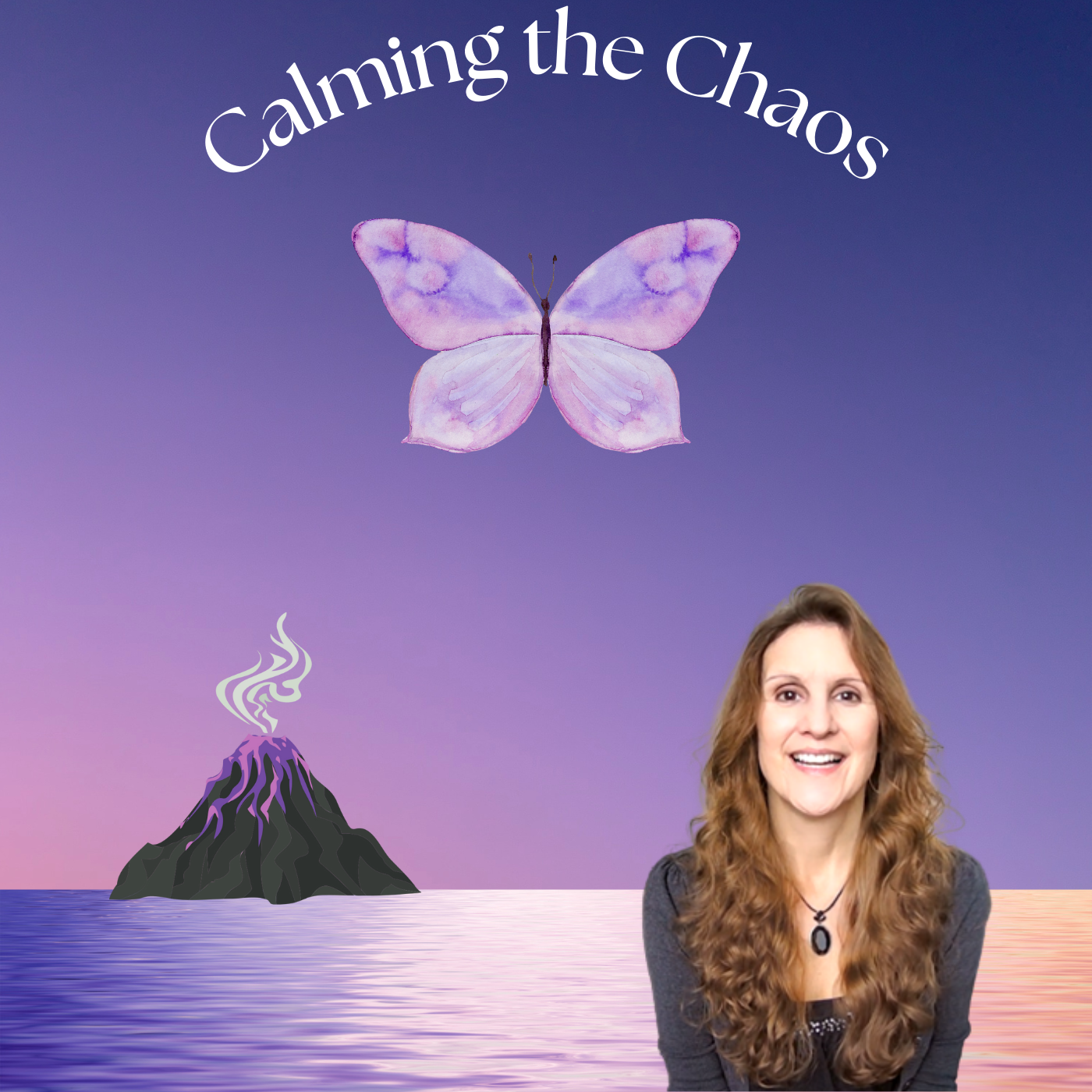Episode 5
Causing the Chaos
Episode Title: “Causing the Chaos”
Intro: In this episode, Tracy explores how people can cause chaos with their actions and their words. Tracy reviews the definition of chaos and looks at three types of situations where the words and deeds people can cause chaos within the minds of people. Tracy gives examples to illustrate these three types of situations, and gives some tips about how to recognize and cope when the words and deeds of people cause mental and emotional chaos.
- What is Chaos? As Defined by Webster’s New World Dictionary:
- A state of utter confusion
- A confused mass or mixture
- Disorganized states
- Unpredictable behavior
There are two different ways that chaos can show up in your life:
- Real Chaos: Life threatening emergencies. These include anything uncontained, such natural disasters, (floods, fires, traffic accidents, mass shootings, riots, power outages).
- Perceived Chaos: Stressful, but non-life-threatening. Those things that “feel chaotic” and the things I think of as disorganized, random or intense, but that are just “too much.” Kind of like mail…or my hall closet.
- Causing the Chaos: Chaos can be caused from people’s actions and words in at least three (3) ways:
- Intentional Chaos: A person deliberately causes chaos for others because they want to
Example: Bringing up controversial issues with an intention to “poke the bear”
Trigger subjects include Religion, Politics, Laws, Rules, Human Behaviors
- Perceived Chaos: Can result when the bear is poked – It can cause anger
- Real Chaos: Can result if the bear is poked and there is a violent response
- Inadvertent Chaos: A person causes chaos because they are trying to get to the truth
Example: Bringing up questions about controversial issues (above) to formulate your own theories, and this upsets people who don’t want questions
- Perceived Chaos: Can result when firmly held beliefs are questioned
- Real Chaos: Can result when questions lead to invasion of privacy, private information is revealed, accusations are made or the police are called
- Unintentional Chaos: A person tries to be helpful and instead causes chaos
Example: Intervening when two sides are opposing each other about controversial issues, trying to build a bridge or help two parties come to an agreement
- Perceived Chaos: Can result when people don’t want agreement, they want to keep fighting, and the thought of a peaceful resolution threatens their meaning in life.
- Real Chaos: When opinions about the intervening person are unflattering and it affects their reputation, relationships or causes them to lose a job.
Here’s what you COULD do if someone is “Causing the Chaos” for you (Not Recommended)
- Intentional Chaos – YOU are the bear that someone pokes. You could retaliate against them.
- Inadvertent Chaos – YOU are upset because someone else is trying to get at the truth, or is coming up with a theory that goes against your beliefs. You could discount them.
- Unintentional Chaos – YOU become upset by someone else’s efforts to make peace. You could discredit them
Here’s an alternative action:
Respond….rather than React when you are in chaos, using the Five RULES:
The Five R-U-L-E-S of coping with situations where you are in chaos:
- Recognize- when you are triggered (physical, mental, emotional symptoms)
- Use– skills, breathing and fact checking to calm the physical body down
- Listen– To the facts, your values, what how you want to display yourself
- Evaluate- Take a moment to think things over – try to allow time before responding
- Say– what you need to say, remembering your values, act within the rules of anger:
-
- Don’t hurt yourself
- Don’t hurt anyone else
- Don’t damage property
- Don’t get arrested
Conclusion: There are solutions (other than retaliating, discounting or discrediting others, or reacting impulsively in anger), to manage the chaos someone else causes in your life. You can respond, rather than react, skillfully and effectively.
Are you motivated to do this?
- Motivators to effective chaos management include the values of….
- Integrity
- Professionalism
- Respect for others
- Harmony, Unity and Agreement (“Lokahi”)
- Kindness and Love
References
Beck, A.T. (1976). Cognitive therapy and the emotional disorders. New York, NY: International Universities Press, Inc.
Chaos (n.) in Merriam-Webster’s Collegiate Dictionary, https://www.merriam-webster.com/dictionary/chaos
Linehan, M. M. (1993). Cognitive-behavioral treatment of borderline personality disorder. New York, NY, Guilford Press.


